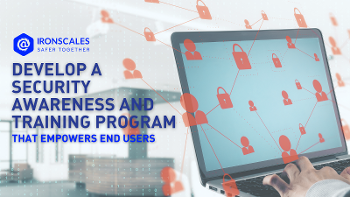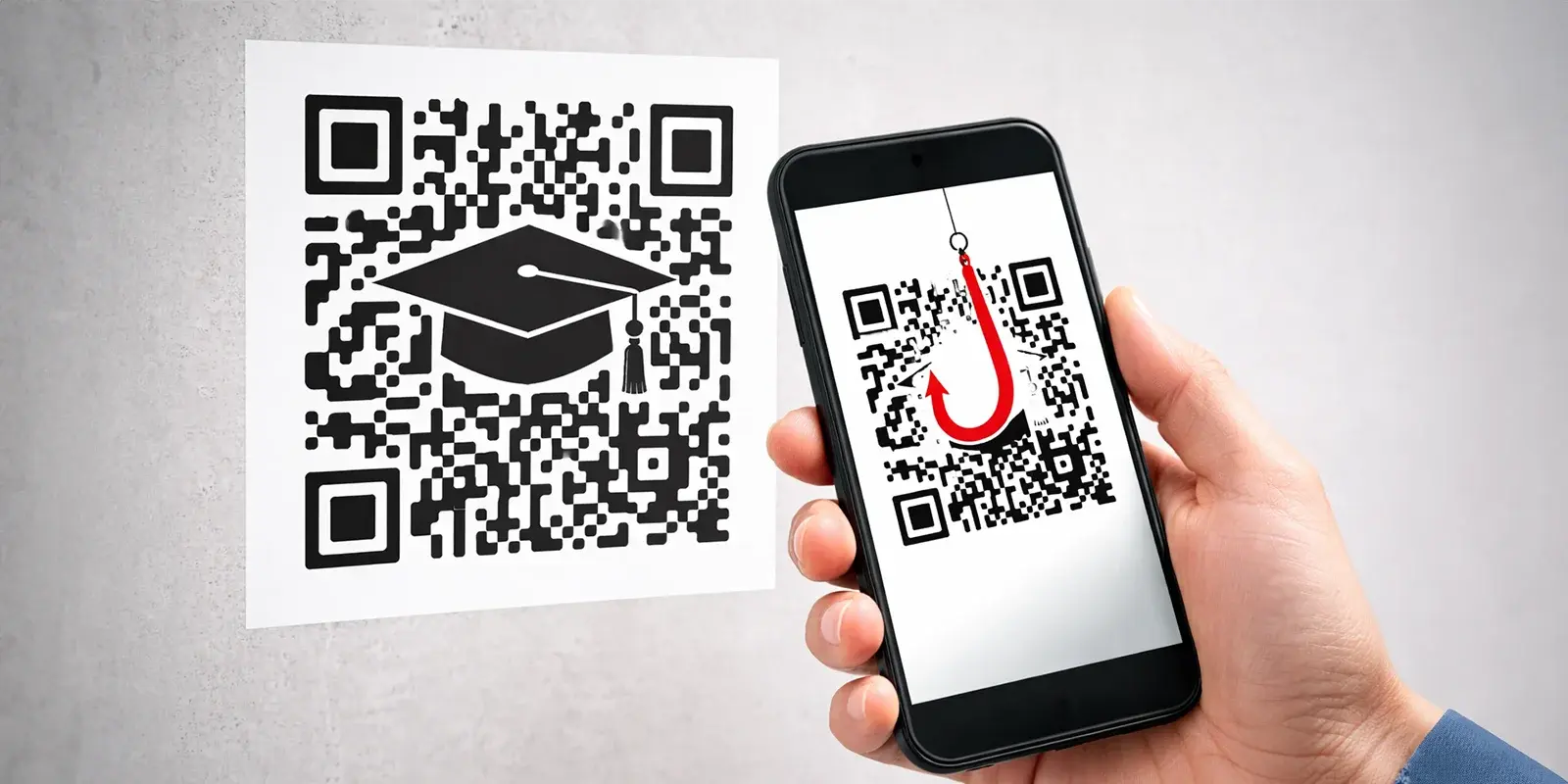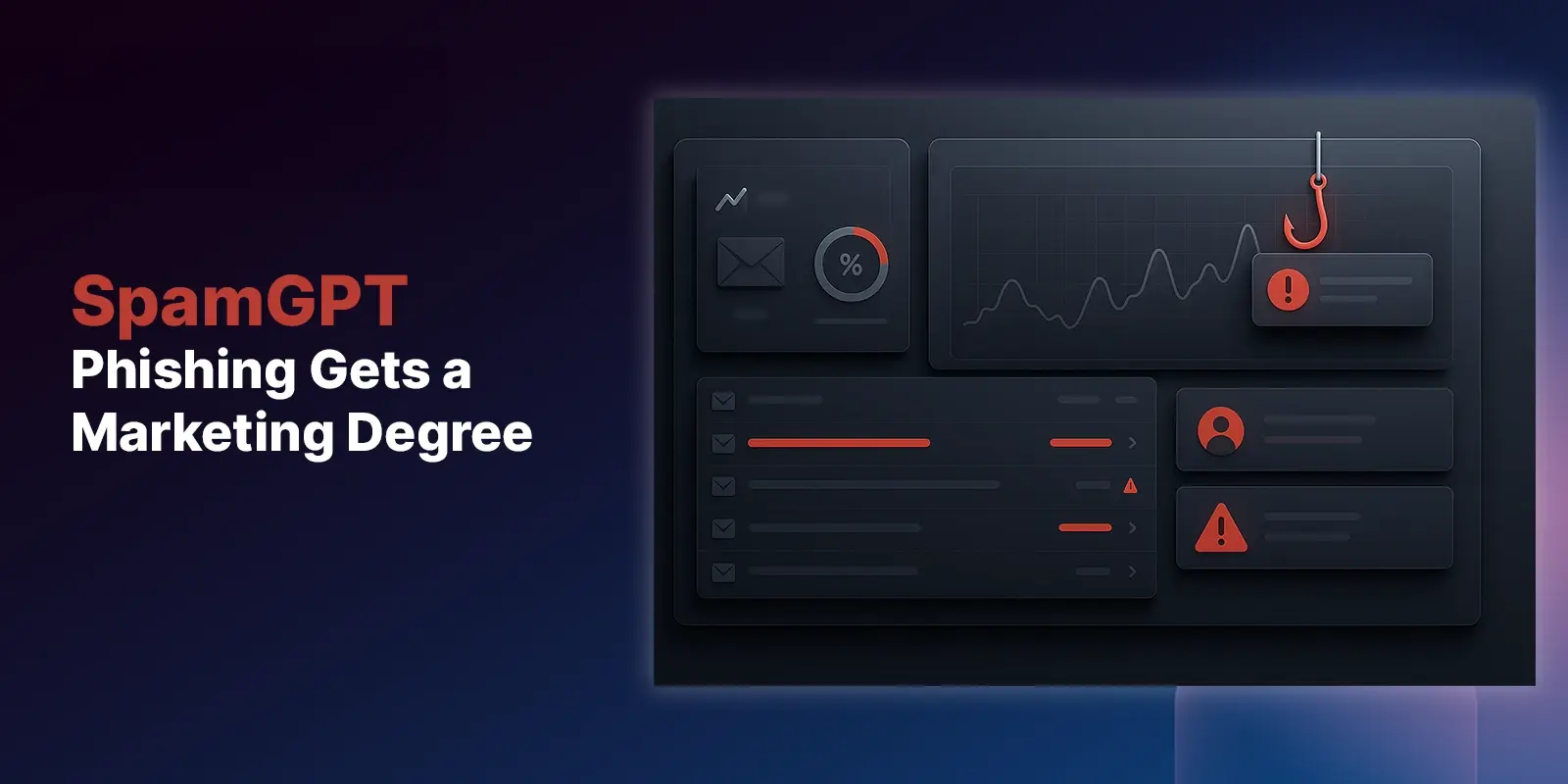Table of Contents
When it comes to email security, no amount of technology can completely stop the threat of phishing attacks. As the threat landscape evolves and cybercriminals identify new methods to breakthrough secure email gateways or AI-only anti-phishing solutions, your employees become the last line of defense to protect your data and your reputation. To empower them to make informed, confident decisions and minimize the chance of an attack, you’ll want to ensure that your employees' security knowledge is up to date and top of mind.
This post provides three quick tips to help boost your employee’s cybersecurity awareness and avoid phishing threats.
How to Stay Vigilant of Phishing Attacks
Schedule Regular Security Awareness Training
Whether it’s part of your new employee onboarding process or your yearly compliance requirement, many of your users quickly forget the information provided in the training.
To help your users become more observant of phishing attempts and protect your business's reputation, data, employees, and customers. Your training program should provide users with more frequent and relevant security awareness training materials to help them easily detect and report phishing threats.
Deploy Dynamic Email Banners
We’ve all become victims of banner fatigue. We’ve seen the static warning at the top of our email so often that we’ve forgotten what it says, and some of us have tuned it out as if it were never there. While these ever-present banners had good intentions, they’ve failed to keep our attention.
Configuring eye-popping, hyper-specific email banners that catch your users’ attention and provide contextual messages not only warns recipients of suspicious emails but can also educate them on how to better identify advanced phishing threats like:
- Sender address spoofing
- Similar display name impersonation
- Domain look-alike
Conduct Frequent Phishing Scenarios
Combined with regular training and dynamic email banners, launching phishing simulation training on a regular basis will help your users stay vigilant and keep the threats top of mind. Instead of running phishing simulations once a year, try sending them more frequently and include new templates and tactics based on real-time phishing techniques. While you want your team to pass, the ultimate goal is to make the campaign as real as possible to identify users that need more help in avoiding these real traps.
Your users may find it annoying at first, but they’ll thank you when they are so good that they can spot the real deal.
For tips on how you can develop a Security Awareness Training program that empowers your end users to avoid and report phishing threats, download this free guide.
Explore More Articles
Say goodbye to Phishing, BEC, and QR code attacks. Our Adaptive AI automatically learns and evolves to keep your employees safe from email attacks.

/Concentrix%20Case%20Study.webp?width=568&height=326&name=Concentrix%20Case%20Study.webp)











.webp?width=100&height=100&name=PXL_20220517_081122781%20(1).webp)




.png)